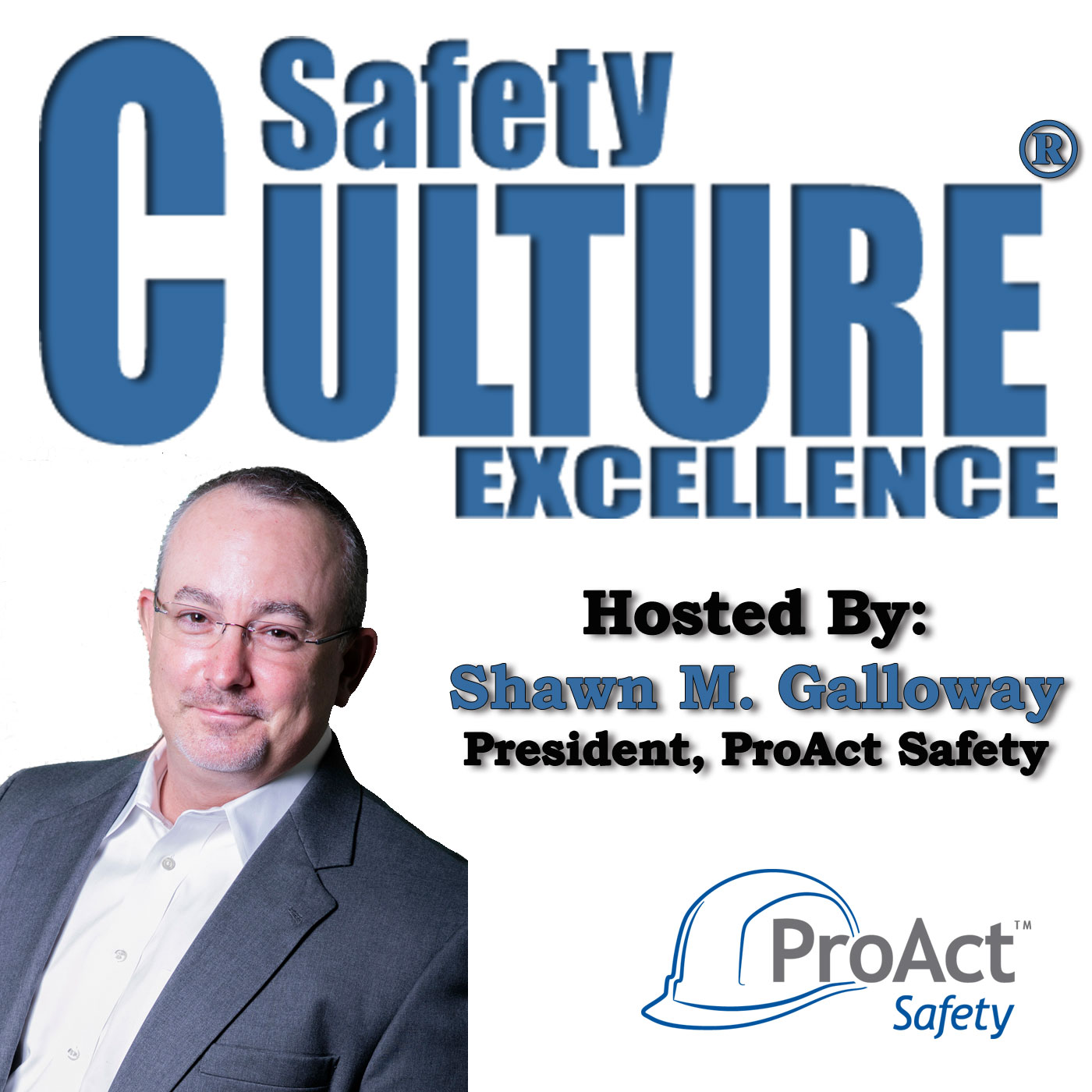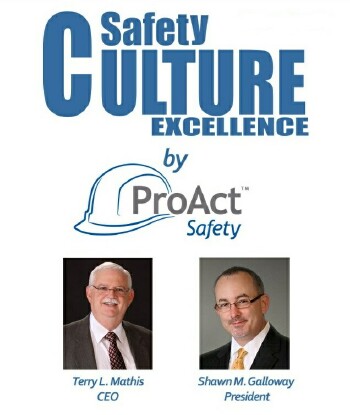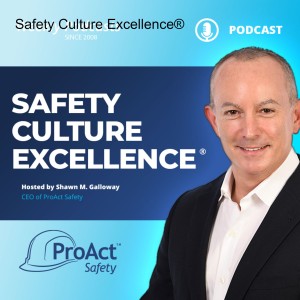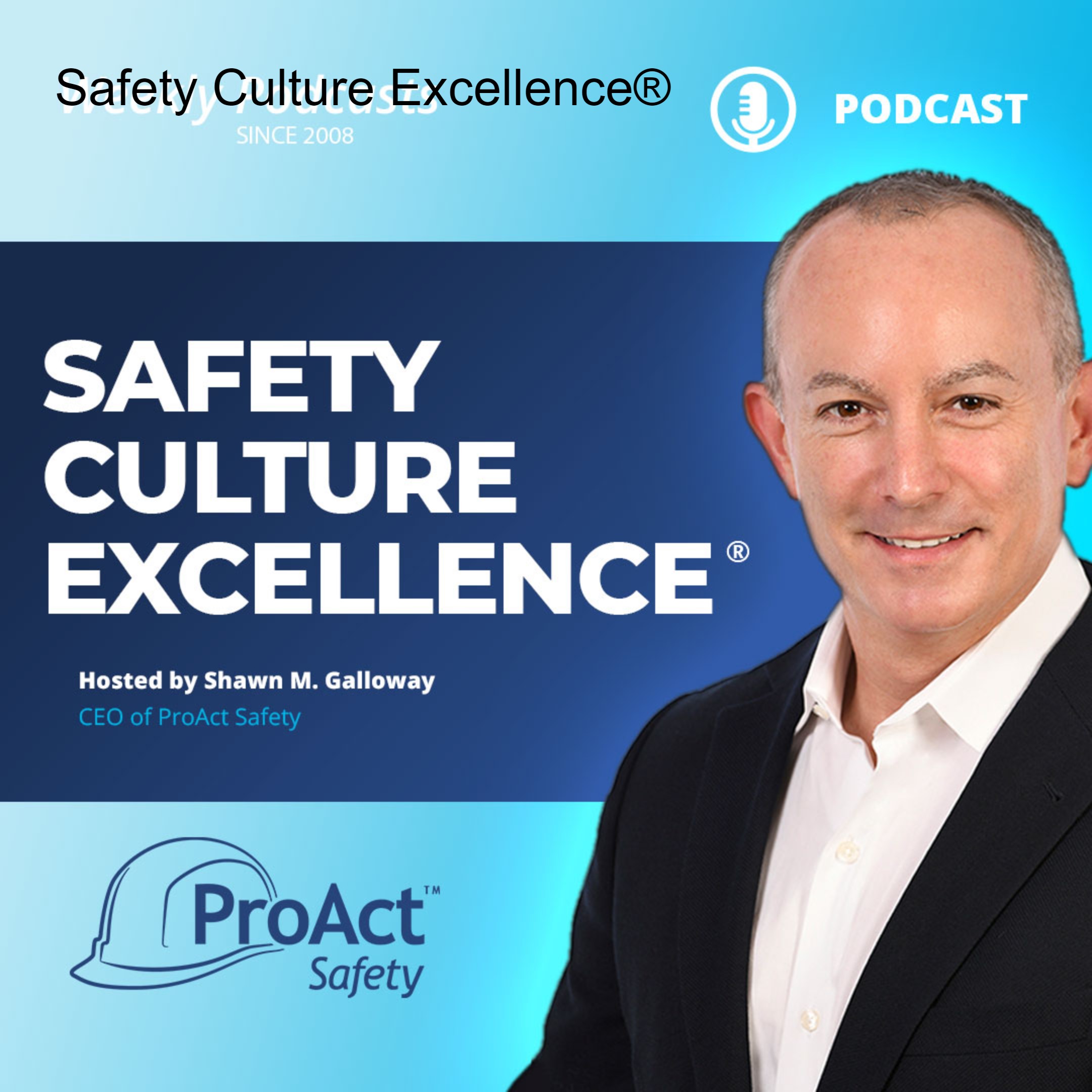Episodes

Monday Sep 26, 2016
458: Is Your Safety Program Viral or Vile
Monday Sep 26, 2016
Monday Sep 26, 2016


Monday Sep 19, 2016
457: Misunderstanding Hazards and Risks
Monday Sep 19, 2016
Monday Sep 19, 2016


Monday Jul 18, 2016
448: Does Your Safety Brand Seduce or Control Employees
Monday Jul 18, 2016
Monday Jul 18, 2016


Monday May 02, 2016
438: The True Goal of an Effective Safety Program
Monday May 02, 2016
Monday May 02, 2016


Monday Nov 30, 2015
416: How Portable Are Your Safety Efforts?
Monday Nov 30, 2015
Monday Nov 30, 2015


Monday Jul 20, 2015
397 - Pointless to Say Drive Safe
Monday Jul 20, 2015
Monday Jul 20, 2015


Monday Jun 08, 2015
391 - Withhold Information and Demotivate
Monday Jun 08, 2015
Monday Jun 08, 2015


Monday May 18, 2015
388 - The Only Way Safety Will Continuously Improve
Monday May 18, 2015
Monday May 18, 2015

Monday Apr 06, 2015
382 - What is Your Safety Management Style?
Monday Apr 06, 2015
Monday Apr 06, 2015


Wednesday Apr 01, 2015
Probability: Group Experience
Wednesday Apr 01, 2015
Wednesday Apr 01, 2015
A worker using the wrong tool for a job injures his hand. Another worker has used the same wrong tool numerous times with no injury. One worker retires having used this tool his whole career with no injury and another retiree has had three injuries related to using that tool. Each experience is different, and thus, each perception of the risk is different. Some think the practice is dangerous and some think it is not. Who is right and who is wrong?
We express a range of experience mathematically by calculating probability. With enough data points we can establish a pattern to this risk that may not be obvious to anyone who is a data point, but is accurately describing the experience of the large group. Sharing the findings of a probability study can actually change and norm the perceptions formed by differing experiences within the group. This new perception can more accurately describe the risk and encourage taking precautions against the risk even among those whose experience hasn’t detected the possibility of accidental injury. Perceptions, if not thus managed, will vary by experience. Managing the accuracy of perceptions is a powerful tool for improving safety performance that many organizations have not utilized.
-Terry L. Mathis
For more insights, visit
www.ProActSafety.com
Terry L. Mathis is the founder and CEO of ProAct Safety, an international safety and performance excellence firm. He is known for his dynamic presentations in the fields of behavioral and cultural safety, leadership, and operational performance, and is a regular speaker at ASSE, NSC, and numerous company and industry conferences. EHS Today listed Terry as a Safety Guru in ‘The 50 People Who Most Influenced EHS three consecutive times. He has been a frequent contributor to industry magazines for over 15 years and is the coauthor of STEPS to Safety Culture Excellence (2013, WILEY).


